Gelatin

Description: A coagulant and food thickener derived from animal bones, skin and other parts containing collagen
Source: source
Use: Gelatin is used to thicken and solidify a wide range of foods, including gummy bears, fruit-flavored jello, and marshmallows
Isinglass
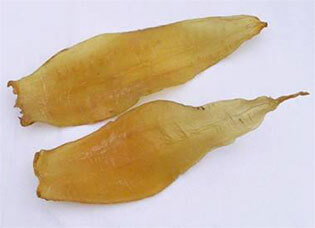
Description: It is a form of collagen
Source: Is a substance obtained from the dried swim bladders of fish
Use: Used mainly for the clarification or fining of some beer and wine
Lactic Acid
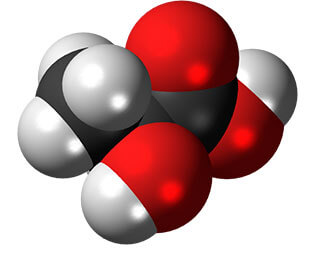
Description: Lactic acid is an organic acid. It is white in the solid state. When in the dissolved state, it forms a colorless solution
Source: Found in blood and muscle tissue. Also in sour milk, beer, sauerkraut, pickles, and other food products made by bacterial fermentation.
Use: Topical preparations and cosmetics to adjust acidity and for its disinfectant and keratolytic properties
Alternative: Plant-based milk sugars, synthetics
Beeswax
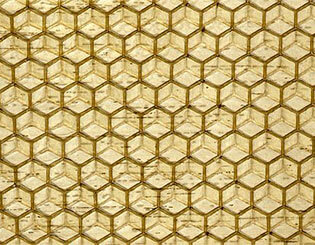
Description: Is a natural wax produced by honey bees
Source: The wax is formed into scales by eight wax-producing glands in the abdominal segments of bees
Use: Candle-making, food additive E901, Lubricate Wood, polish furniture, lip balm, water proofing agent
Carmine
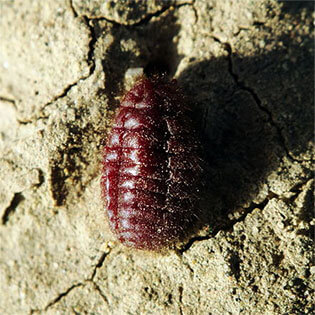
Description: Is a pigment of a bright-red color scale insects such as the cochineal, Armenian cochineal, and Polish cochineal.
Source: Carmine is made by crushing the female cochineal insect. The insects are harvested, sun-dried and crushed. They are then put into an acidic solution that produces carminic acid.
Use: coloring agent, food dye, food colorant
Glycerin / Glycerol
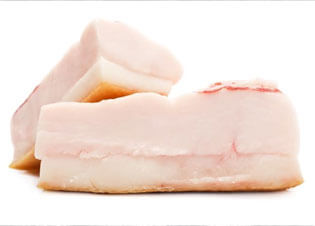
Description: It is a colorless, odorless, viscous liquid that is sweet-tasting and non-toxic. (labeled E422 in food)
Source: A byproduct of soap manufacture (normally uses animal fat)
Use: Used in FDA approved wound and burn treatments, as a sweetener in the food industry and as a humectant pharmaceutical formulations.
Alternative: Vegetable glycerin (a byproduct of vegetable oil soap), derivatives of seaweed, petroleum.
Tallow
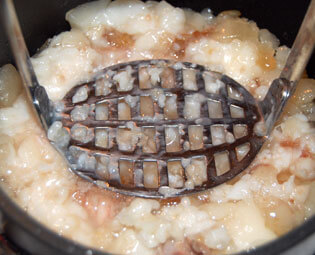
Description: Rendering is a process that converts waste animal tissue into stable, usable materials.
Source: Rendered form of beef or mutton fat, primarily made up of triglycerides.
Use: In wax paper, crayons, margarines, paints, rubber, lubricants, etc. In candles, soaps, lipsticks, shaving creams, other cosmetics
Casein
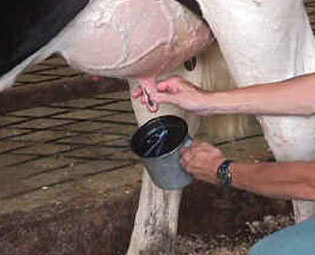
Description: Milk protein.
Source: These proteins are commonly found in mammalian milk
Use: Paint, glue, and foor
Cholesterol
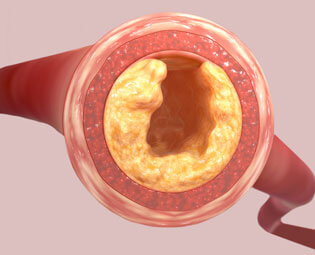
Description: A steroid alcohol in all animal fats. A type of lipid. It is a yellowish crystalline solid.
Source: Nervous tissue, egg yolk, and blood. Can be derived from lanolin.
Use: In cosmetics, eye creams, shampoos, etc
Alternative: Solid complex alcohols (sterols) from plant sources
Fish oil

Description: Oil
Source: Derived from the tissues of fish species with oil in soft tissues and in the coelomic cavity around the gut
Use: Dietary supplements,
Ghee
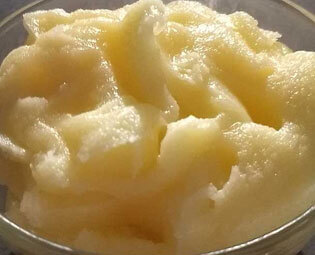
Description: Is a class of clarified butter that originated in ancient India. Is milk fat rendered from butter to separate the milk solids and water from the butterfat.
Source: source
Use: Commonly used in cuisine of the Indian subcontinent, Middle Eastern cuisine, South Asian cuisine, traditional medicine, and religious rituals.
Alternative: Modern vegetable shortening is sometimes called 'vegetable ghee' and used for cooking, especially by vegans
Lard
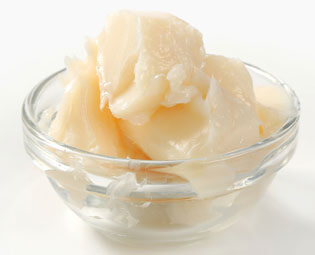
Description: Lard is a semi-solid white fat product obtained by rendering the fatty tissue of a pig.
Source: Pig
Use: Used as substitute of butter
Lipase

Description: Lipases perform essential roles in digestion, transport and processing of dietary lipids (e.g. triglycerides, fats, oils)
Source: In most, if not all, living organisms. Enzyme from the stomachs, tongue glands of calves, and lambs
Use: Used in digestive aids as it helps the body break down fats.
Alternative: Vegetable enzymes, can be from plants, fungus or yeast.
Rennet
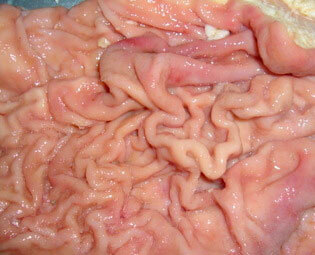
Description: Rennet is a complex set of enzymes produced in the stomachs of ruminant mammals. Chymosin, its key component, is a protease enzyme that curdles the casein in milk. In addition to chymosin, rennet contains other enzymes, such as pepsin and a lipase.
Source: Stomachs of ruminant mammals
Use: Rennet is used to separate milk into solid curds and liquid whey, and so it or a substitute is used in the production of most cheeses.
Retinol
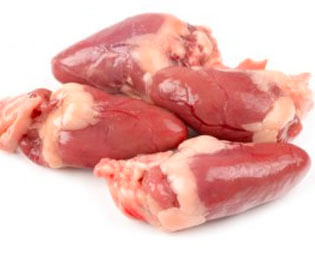
Description: Retinol, also known as vitamin A1-alcohol, is a vitamin in the vitamin A family
Source: Retinoids are found naturally only in foods of animal origin. Liver and other organs
Use: As a supplement it is ingested to treat and prevent vitamin A deficiency, especially that which results in xerophthalmia.
Shellac / Glaze
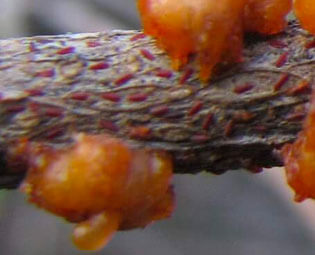
Description: Shellac is an insect produced resin
Source: Secreted by the female lac bug on trees in the forests of India and Thailand.
Use: brush-on colorant, food glaze and wood finish
Whey

Description: Whey is the liquid remaining after milk has been curdled and strained.
Source: It is a byproduct of the manufacture of cheese or casein
Use: Whey is used to produce whey cheeses such as ricotta, brunost, and whey butter and many other products for human consumption.
Lactose

Description: It is a white compound, water-soluble with a mildly sweet taste.
Source: Lactose is only found in milk from mammals. Lactose makes up around 2–8% of milk (by weight)
Use: including drug manufacturing, food processing, and fermentation as filler or binder
Animal Derived Ingredients List
Animal Derived Ingredients Categories
Easy Vegan Swaps
Switching to a vegan diet can seem very daunting, it is actually much easier than you might think.

